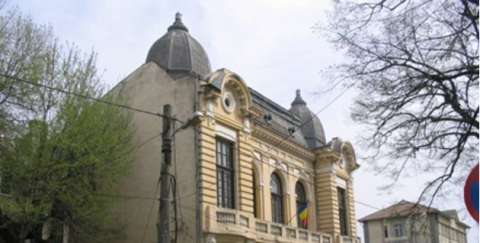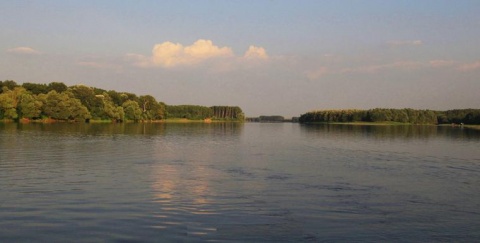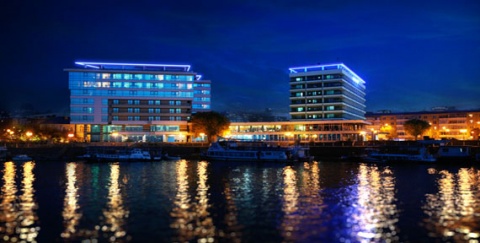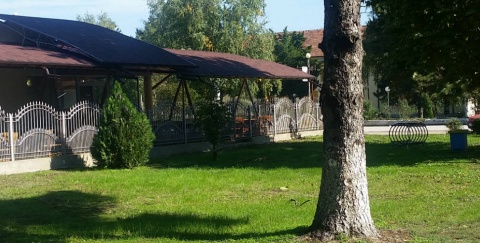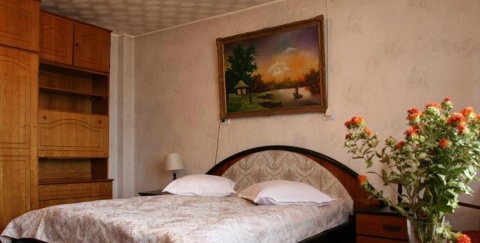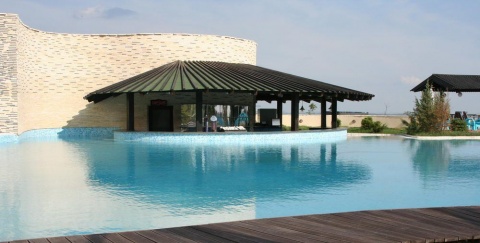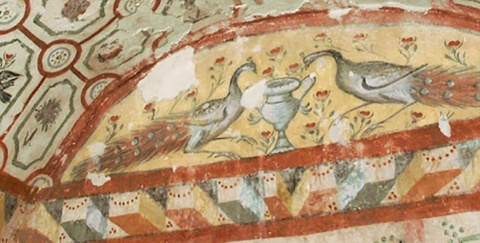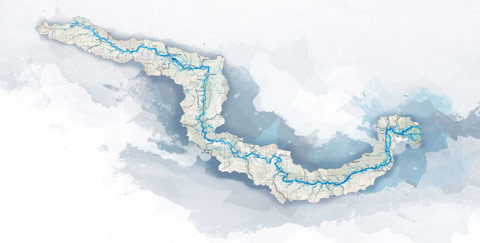
Adamclisi
Adamclisi is one of the most attractive cultural sights of Dobrogea region. It was inaugurated in 109 and dedicated to Mars Ultor (Mars the Revenger), celebrating the Roman victories over the Dacian wars - the first one in the period 101-102, and the other from 105. to 106....
City: Orsova
Country: Romania
The name of this small village (population: 2,150) is of Turkish origin. It means “church of man” and it comes from the Turks’ mistaking an Ancient Roman monument for a church. The monument was Tropaeum Traiani (Trajan’s Trophy). It stood 1,500 metres outside the village and was a symbol of glorious Roman military power dedicated to god Mars Ultor (Mars the Avenger). Inaugurated in 109 AD, after three years of construction, it commemorated Roman soldiers killed in the Battle of Tapae (Dacian War, 101–102). The names of three thousand legionnaires and soldiers of auxiliary troupes are inscribed in the monument. The friezes show weapons and prisoners of war – the Dacians and their allies (Sarmatians, Germanic tribes). The main part of the monument is a 4-metre-tall stone tambour and a trophy on top of it. To the east, there is a funerary tumulus. West of Tropaeum, archaeologists discovered an altar dedicated to the Romans fallen in an unsuccessful military campaign in 89 AD under Domitian. According to the later chronicles, it ended in a “shameful peace”, allowing Decebalus to recover and reinforce his troops. Part of the Domitian troops was also Cohort II Batavorum, an auxiliary Roman troop assisting allies from the modern-day Netherlands.
The monument was restored in 1977 in cement. Today, it is a memorial to Romanian independence. Fifty-two metopes were found in the 19th century but two were lost, probably falling into the Danube on their way to Bucharest. Today, 48 originals are kept in the Archaeological Museum at Adamclisi and one is in Istanbul. Inside the museum, behind the glass wall, one can see the ancient Roman settlement Civitas Tropaensium. It covered 10 hectares and was a home to retired soldiers, Roman traders and local Dacians until the Avars arrived in 587 AD. On the excavation site 600 metres from the museum, four city gates, the main street (Via Principalis), countryside villas (villae rusticae) and the remains of six basilicas have been uncovered. The city was partly destroyed in 170 AD, when free Dacians from the north (Costobok) attacked. Constantine the Great rebuilt and fortified the municipality in the early 4th century AD. At the Eastern Gate, archaeologists have discovered a 2-metre-tall replica of Tropaeum Traiani (now at the exit of the Archaeological Museum), which helped them to reconstruct the original one on the Monument Hill.
On the way to Constanta, visit the monastery complex Basarabi and, at the north end of the city, the vineyards of the winery Podgoria Murfatlar(see section Dobrogea/Dobrudja Hills Wine region, Romania).
DANUBE.TRAVEL has no control over the website content generated by users and/or visitors, neither such content represents a statement, opinion, recommendation or rating by DANUBE.TRAVEL. For further information please refer to DANUBE.TRAVEL – General Website Terms and Conditions of Use.
 EN
EN DE
DE
